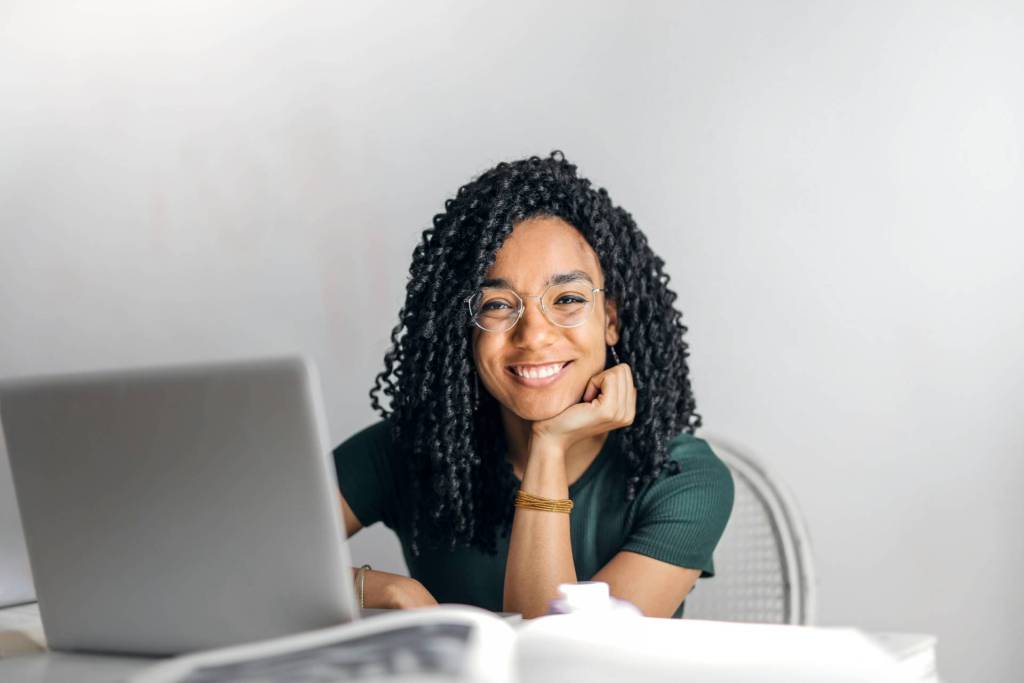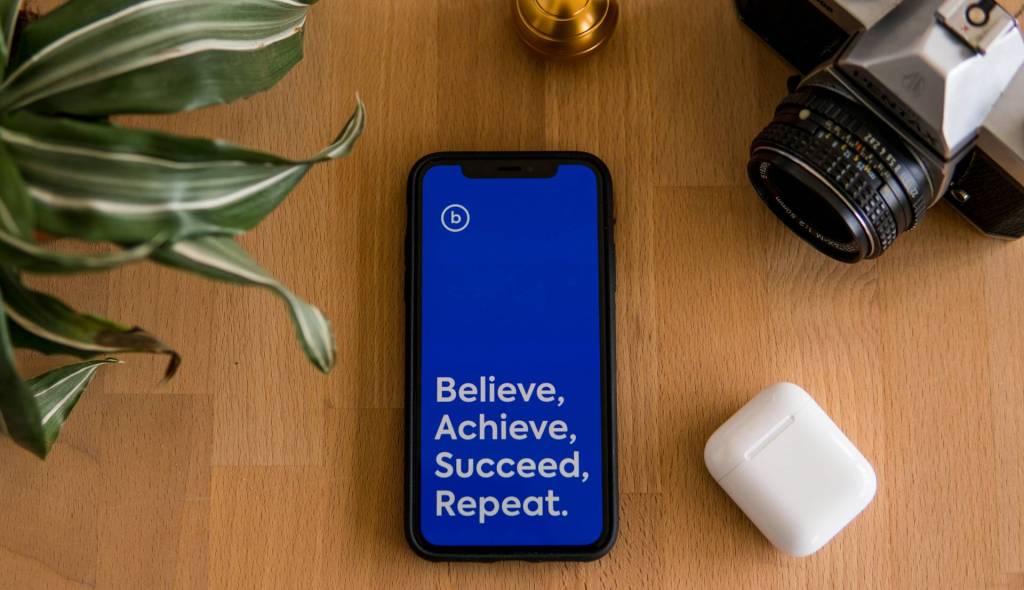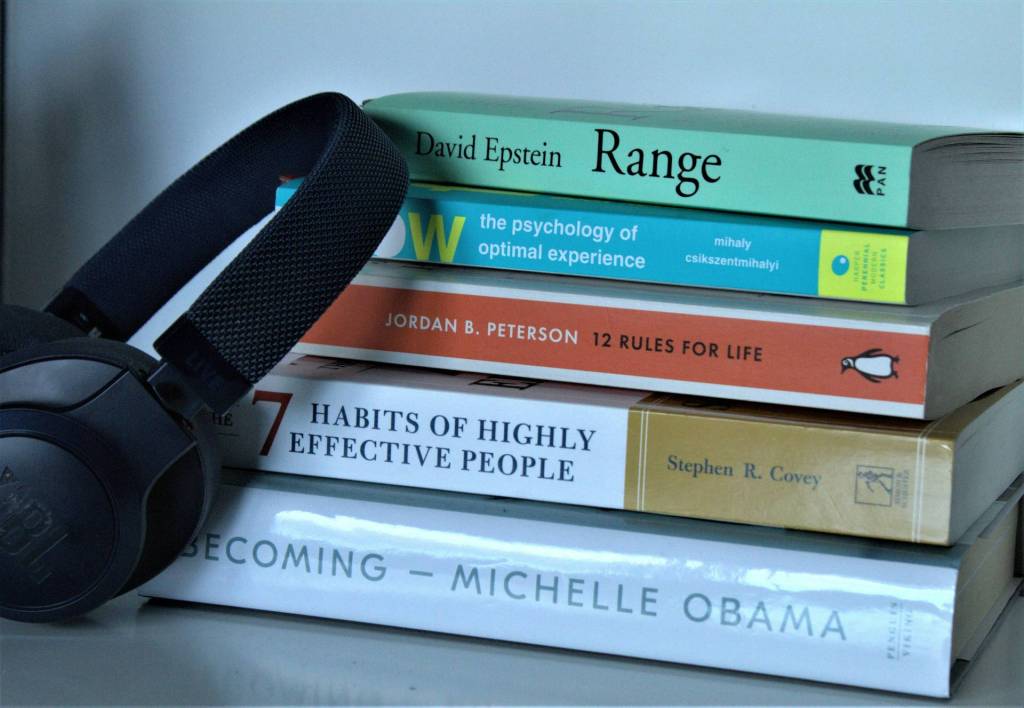A photo is around a long time, plus, in seconds, it can be transmitted around the world via social media. Good spontaneous photos don’t just happen. You need to think it through in advance so you have the photo readiness – not the photophobia – that delivers the message you want.
I saw comedian George Carlin during a promotion tour of one of his books. When people asked to be photographed with him he agreed, and in every shot would hold his hand in a “thumbs up” gesture toward the other person. It instantly animated the photo plus maintained the self-esteem of the person by making it look as though Carlin was giving him or her thumbs up.
A friend of mine talked about her friend Carly Fiorina. “During Compaq negotiations she didn’t want to be photographed, but she was aware that she was anyway. She held her head high, maintained a slight smile so when it happened it turned out favorable.” Later I read a quote from Carly Fiorina, CEO, Hewlett-Packard, “I’m a very deliberate person. It doesn’t mean I’m infallible. But deliberate. Very little happens by accident.”
If you have to have one done, you might as well take action to ensure the photo sends the message you want.
At an event, size up the area and move to where the photo has better background and lighting. Light facing you, not behind you, is better so that you don’t look “shady.”
Button your coat jacket to appear neater and conceal your stomach hanging out. Turn at a slight angle, it’s more flattering to the camera’s eye than straight on. Have an arm bent at the waist slightly away from your sides (like you were holding a drink) to look relaxed, even though it doesn’t seem more relaxed.
Don’t be holding a drink in your hand, even if it’s water. To the photo viewers you’re a “drinker,” a party person. It becomes your “history” because it’s in print, and it sticks in their heads. The cliché “a photo is worth a thousand words” is true.
Reach out and touch another person in the photograph if possible. But keep your posture erect and don’t slump or lean on someone or something.
Widen your eyes, make your neck longer, but also lower your chin and put your head like sliding it on a shelf so the photo shot isn’t up your nose. Push your face forward slightly to jump into the picture. Keep your head level.
Look the photographer in the eye (even though you can’t really see the person’s eyes). The famous paparazzi, Ron Galella, said, “Eye contact makes for a good picture.”
Have a comfortable smile and engage your eyes.
If it’s a formal setting with a professional photographer think through what you want as a finished photo; don’t just rely on the photographer posing you. Prior to the session review business publications you read and pay attention to photographs of executives. Think how different poses, dress, backdrops, and so on affect you. Tear out and give samples of the ones you’re impressed with to the photographer. It’s more efficient for him or her to see what you have in mind.












